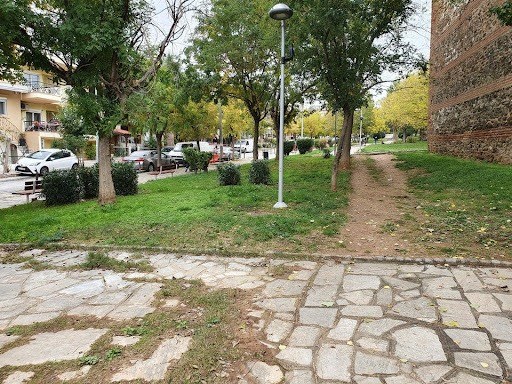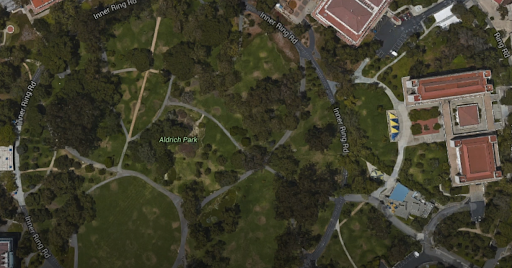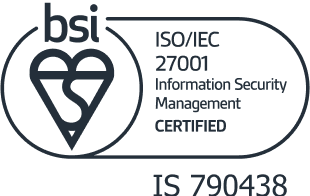What is UX?
As UX professionals, I think we can all collectively agree that explaining precisely what UX (or, more specifically, user experience design) is to non-designers can be a difficult undertaking. I've been in numerous situations where a friend or a family member has asked me the question and I've felt caught off guard. Explaining the various nuances of the ever-evolving creative process generally seems to leave people puzzled and perplexed, which is always a bit of an awkward situation.
So, let's break it down...
The reason I think navigating through this subject can be fairly complex is that there isn't a universally accepted or commonly acknowledged single definition of what UX design is, and that is for a relatively good reason. The topic of user experience (UX) is quite vast, with various roles and interpretations of the already adaptable design process, which isn't confined to any medium, whether physical or digital. What UX design is at its core is empathetic problem solving and a process of co-designing with current or potential users of a product/service.
The goal of this article isn't exactly to describe or define UX design. Rather, I'd like to explore a "real-world" example that can teach us a lot about UX design and process, as well as make communicating UX design to our non-designer peers a lot easier.
It's all about paths
Diving straight into the concept of "desire paths". You've most likely seen, used or even invented some of these on your daily adventures. They are everywhere and with a little bit of investigation online, I was even able to uncover a community on Reddit (/r/DesirePath) dedicated to sharing photographs of them.

So what are they exactly? Desire pathways, to put it in simple words, are essentially shortcuts that help you reach from point A to point B as quickly as possible and with the least amount of resistance.
Clearly, by looking at the example of the image above, a majority of the individuals opted to cut across the field rather than to walk around it using the "constructed path" or "pleasure path", since it appeared to be a much faster way to get to point B.
What does all of this have to do with user experience?
But, you might wonder, what does all of this have to do with user experience? Well, desire paths are a superb picture of how humans behave and with some careful observation, can be an excellent and accurate natural indicator of user needs. This is where desire paths draw a comparison to the design world. Our responsibilities as UX professionals are to make products and services more helpful, practical, accessible, discoverable, appealing and valuable but this gets extremely challenging if and when we rely on assumptions to draw out and develop our ideal solutions. Quite often, users will find methods to use a product/service the way they truly want to, which, in the end, may inevitably be quite different than what was initially intended.
So what can we learn from desire paths and how can we find our own physical or digital desire paths to make our products/services more successful?

For this, I'd like to use an example from Tom Hulme's TedTalk: What can we learn from shortcuts? from 2016, in which, the brilliant and ingenious architects and designers working on the layout of the University of California in Irvine built the campus buildings first, without laying out any particular constructed paths. They reasoned that students would carve their own desire paths in accordance to how they move across the campus and so they waited for a few months to observe where these paths would arise. Slowly but steadily, over the course of a few months, these desire paths began to emerge, and then they were paved. I love this example and the lessons it teaches us about human behaviour and process.
Key takeaways
The key takeaway here revolves around how we should go about moulding our products/services to meet the needs and expectations of our users. The idea that "You are not the user", as the NNG (Nielsen Norman Group) has addressed extensively, also comes to mind. Essentially, nothing is treated or viewed as a finished product; rather, it is a process that takes place over a period of time and is iterative and collaborative, with users being at the center of it all. We also learn that by creating rapid prototypes or in more technical terminology an MVP (Minimum viable product). We can launch things and get it out to the public as fast as possible which allows us to conduct tests and use our observational skills to see what paths our users take. After that, It is our responsibility from there to recognize this feedback, be mindful and aware of the risks that come along with it, and be selective before carving out the various journeys for our users. For further reference, IBM design has a great read on the “Everything is a prototype approach” and the multitude of benefits it brings along with it.
So in closing, to borrow Christopher Murphy's wise words, "Go forth and make awesome!"







